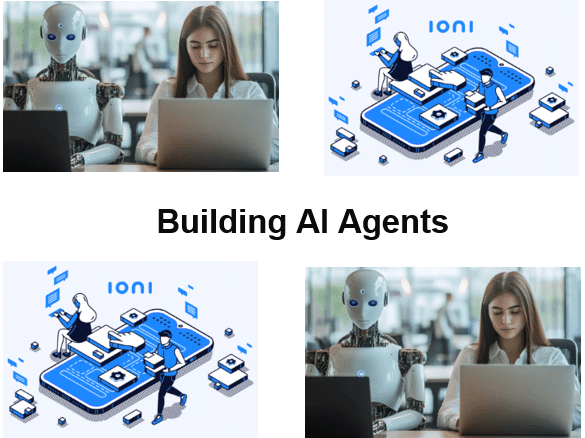-
Learning by doing
-
Trainers with practical experience
-
Classroom training
-
Detailed course material
-
Clear content description
-
Tailormade content possible
-
Training that proceeds
-
Small groups
Using and fine-tuning open-source LLMs for real-world solutions.
Course Overview
This 2-day hands-on course provides an in-depth understanding of GitLab CI/CD, a powerful tool for automating software builds, testing, and deployments. Participants will learn how to set up, configure, and optimize CI/CD pipelines in GitLab to enhance software delivery efficiency.
By the end of the course, participants will be able to:
• Understand GitLab CI/CD architecture and concepts
• Create CI/CD pipelines using .gitlab-ci.yml
• Implement continuous integration and delivery best practices
• Automate builds, testing, and deployments
• Integrate GitLab CI/CD with Docker, Kubernetes, and cloud platforms
• Implement security and compliance checks in pipelines
The course Building AI Agents is intended for software developers, data scientists, and AI practitioners who want to learn how to design autonomous agents using LLM's.
To participate in this course, a basic understanding of Python programming and machine learning concepts is required. Familiarity with APIs and prompt engineering is useful.
The course is conducted under the guidance of the trainer, combining theory with hands-on exercises. Real-world examples and practical case studies are used throughout the training.
After successfully completing the course, participants will receive a certificate of participation in Building AI Agents.

Module 1: Intro AI Agents |
Module 2: LangChain Fundamentals |
Module 3: Building First Agent |
|
What is an AI agent? Core Components Autonomy and Decision Making Agents vs Chatbots Key Frameworks (LangChain, Auto-GPT) LLMs as Reasoning Engines Tools and APIs Role of Memory Agent Use Cases Challenges and Risks |
LangChain Architecture Chains and Agents Prompts and Templates Tool Integrations Document Loaders Memory Modules Output Parsers Streaming Output Agent executors LangSmith for Debugging |
Choosing an LLM Defining Goals and Actions Using Tools (search, calculator) Writing Prompts for Agents Handling Errors and Retries Adding Personality Managing State and Memory Multi-step Tasks Logging and Monitoring Sandbox Environments |
Module 4: Multi-Agent Systems |
Module 5: Agent Use Cases |
Module 6: Future of AI Agents |
|
Collaboration Between Agents CrewAI and Autogen Overview Roles and Responsibilities Message Passing between Agents Task Decomposition Goal Refinement Monitoring Progress Conflict Resolution Complex Workflows Evaluation Strategies |
Coding Assistant Research Assistant Personal Finance Agent Enterprise Task Agent AI Bots for Customer Support Integrating with Slack/Teams Running on the Web Continuous Learning Agents Logging and Analytics Measuring Impact |
Self-Improving Agents Memory Evolution Real-time Environment Sensing AI Decision Making Simulated Personalities Ethics and Control Guardrails and Safety Regulation Implications Agent Marketplaces Agent + Human Collaboration |
